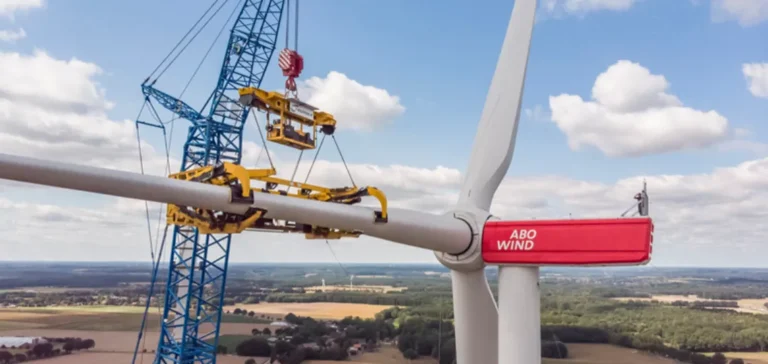German developer ABO Energy reported a net profit of €9.6mn ($10.37mn) in the first half of 2025, down from €11.4mn ($12.32mn) a year earlier. Revenue, however, rose to €206mn ($222.64mn) compared with €123mn ($132.96mn) in the same period of 2024, driven by a sharp increase in construction revenues. The company maintained its full-year earnings forecast of between €29mn and €39mn ($31.34mn to $42.14mn), supported by an expanding portfolio of projects ready for construction.
Workforce reduction and strategic repositioning
ABO Energy has launched an efficiency programme to reduce operating costs amid falling electricity prices and intensifying competition in renewable energy markets. Chief Financial Officer Alexander Reinicke said the company has halted headcount growth and is now focusing on internal redeployment. Vacant positions will not be filled, and operations will be redirected to priority projects.
At the same time, ABO Energy is continuing its strategy of exiting non-core markets. Following the sale of its Greek subsidiary and its 1.5 gigawatt portfolio completed on June 30, the company signed an agreement in July to divest a 4.4 gigawatt wind portfolio in Finland, with closing scheduled for the fourth quarter. According to management board spokesman Dr Karsten Schlageter, these transactions will strengthen the company’s ability to finance operations while sustaining development momentum.
Growth in Germany and revenue rebalancing
Germany’s contribution to ABO Energy’s revenue reached 65% in the first half, compared with 58% in 2024. This increase is mainly driven by construction revenues, which rose to €124mn ($134.02mn) from €39mn ($42.15mn) a year earlier. Planning services remained stable at around €72mn ($77.80mn).
To reduce pressure on human resources and accelerate returns on invested capital, ABO Energy plans to expand the sale of project rights before construction. This model complements its turnkey construction business, which will remain at current levels.
Global pipeline expansion despite divestments
Despite exiting Greece, ABO Energy’s global portfolio has continued to grow, reaching around 34 gigawatts under development, excluding hydrogen projects. This underscores the resilience of the company’s pipeline, even after several asset sales.
Work in progress inventory, however, declined by €15mn ($16.21mn) during the period, compared with a €64mn ($69.13mn) increase a year earlier. Total output for the half-year stood at €191mn ($206.49mn), broadly in line with €187mn ($202.33mn) recorded in the first half of 2024.






















